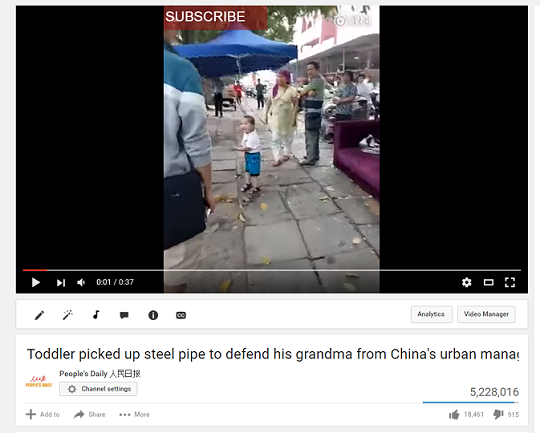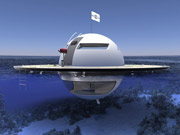

Chinese bullet trains "Golden Phoenix" and "Dolphin Blue" pass each other on the railway line between Zhengzhou in central China's Henan Province and Xuzhou in east China's Jiangsu Province, July 15, 2016. Two Chinese trains "Golden Phoenix" and "Dolphin Blue" dashing at world-record 420 km per hour in opposite directions passed each other on parallel tracks on Friday, in the latest feat achieved by China in high-speed rail. (Xinhua/Li An)
BEIJING, July 15 -- Two Chinese trains dashing at 420 km per hour in opposite directions passed each other on parallel tracks on Friday, in the latest feat achieved by China in high-speed rail.
At about 11:20 a.m., the two trains, "Golden Phoenix" and "Dolphin Blue," crossed on lines between Zhengzhou in the central Henan Province and Xuzhou in the eastern Jiangsu Province.
The China-standard bullet trains, officially known as electric multiple unit (EMU) trains, are the first in the world to cross at such a high speed, said Zhou Li, head of the technological management department of China Railway Corporation, the national rail service operator.
"The success of the test indicates China has fully domesticated the core technologies of high-speed EMUs," he told Xinhua, adding that it is very significant for the branding and export of Chinese high-speed trains.
The two trains were only 1.6 meters apart when they met. Their passengers, a group of technicians and journalists, felt only a slight jolt during the encounter as the two vehicles shared a relative speed of 840 km per hour, equivalent to a cruising airliner.
Making the experiment even more extraordinary, Golden Phoenix and Dolphin Blue each consists of two trains coupled together, different models made by two different companies, both subsidiaries of China Railway Rolling Stock Corporation.
The coupling is very demanding technologically in terms of synchronized pulling, braking and the sophistication of key components, said Zhao Hongwei, chief researcher at the China Academy of Railway Sciences.
The "coupled running" test at high speed will help establish uniform standards for the technology, operation and maintenance of trains, said Ma Lijun, deputy general manager of CRRC Qingdao Sifang, which made one of the trains.
China began research and manufacturing of its EMU train in 2012 and officially launched it in June 2015, successfully testing it at 385 km per hour later that year.
Tests like these are designed to make breakthroughs in technology, establish unified standards to reduce costs, and make the train versatile enough to be operated in diverse environments, Zhou said.
China now boasts the world's largest EMU fleet, with a total of 2,395 trains, and the world greatest cumulative length of high-speed railway, at 19,000 km, or 60 percent of the world's total.
 |
Day|Week

 Cute Dog At Fruit Stand Becomes Latest Internet Sensation
Cute Dog At Fruit Stand Becomes Latest Internet Sensation Thai most beautiful transgender Nong Poy release new photos
Thai most beautiful transgender Nong Poy release new photos Top 10 livable Chinese cities
Top 10 livable Chinese cities The last primitive tribe in China
The last primitive tribe in China China's first intelligent security robot debuts in Chongqing
China's first intelligent security robot debuts in Chongqing A Total of 3,552 Subscribers Vanish In Two Days; YouTube Closes All Doors to Users’ Inquiries
A Total of 3,552 Subscribers Vanish In Two Days; YouTube Closes All Doors to Users’ Inquiries Out of this world! Futuristic UFO-shaped yacht has its own garden and a stunning underwater viewing deck
Out of this world! Futuristic UFO-shaped yacht has its own garden and a stunning underwater viewing deck An old tea house in Chengdu
An old tea house in Chengdu Furious Customer Crushes All the Buns from Vendor Just Because He Was Given the Wrong Flavor
Furious Customer Crushes All the Buns from Vendor Just Because He Was Given the Wrong Flavor 20 post-90s couples hold ’naked marriage‘ in E. China
20 post-90s couples hold ’naked marriage‘ in E. China